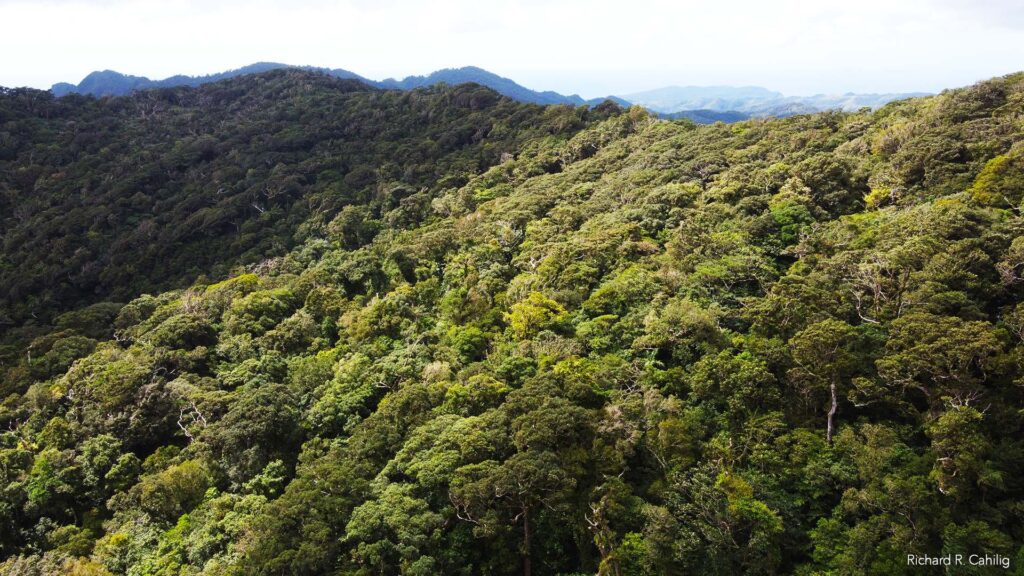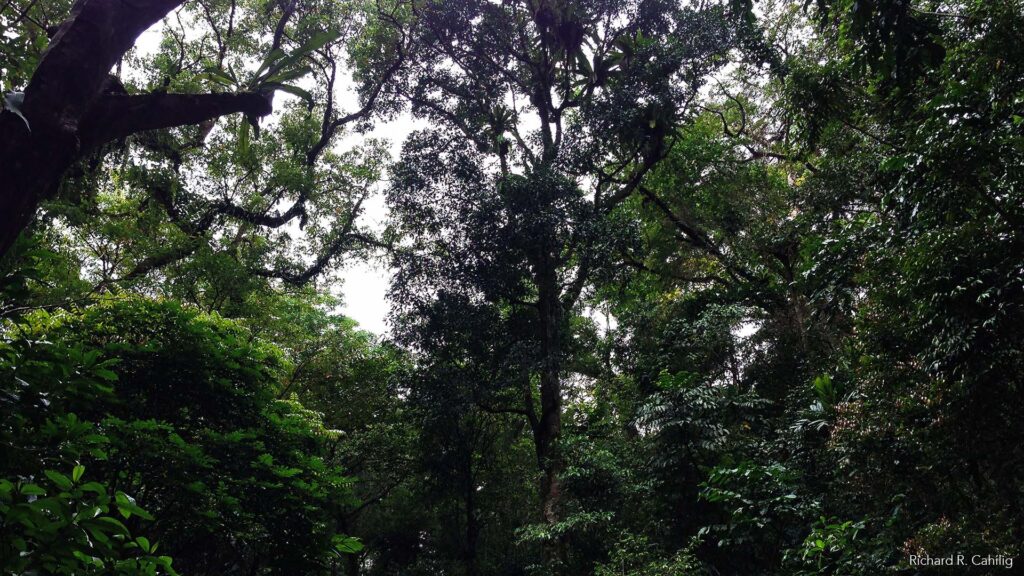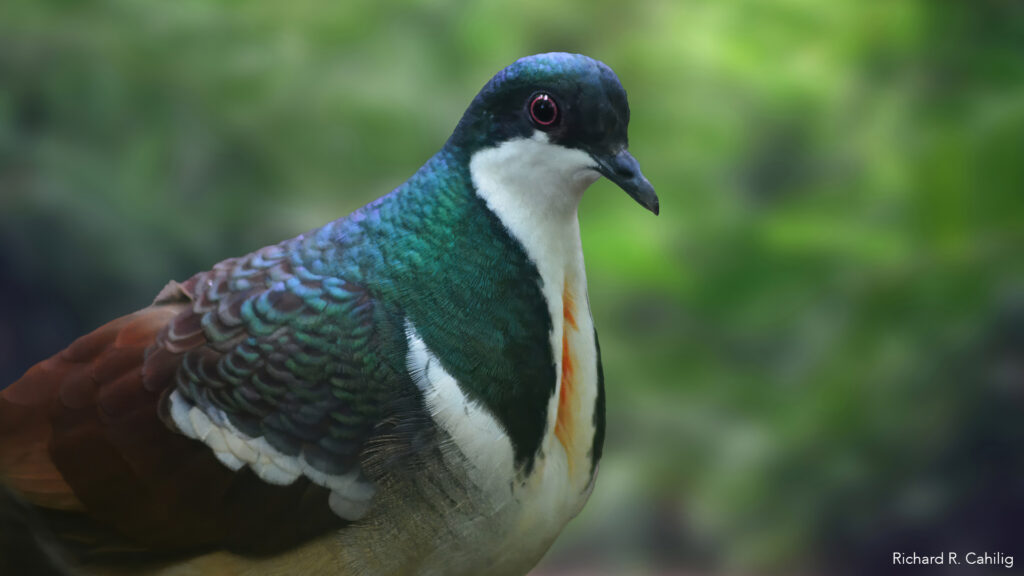Philippine Initiative for Conservation of the Environment and the People Inc.
CONSERVING THE NORTHWEST PANAY PENINSULA NATURAL PARK
What We Do
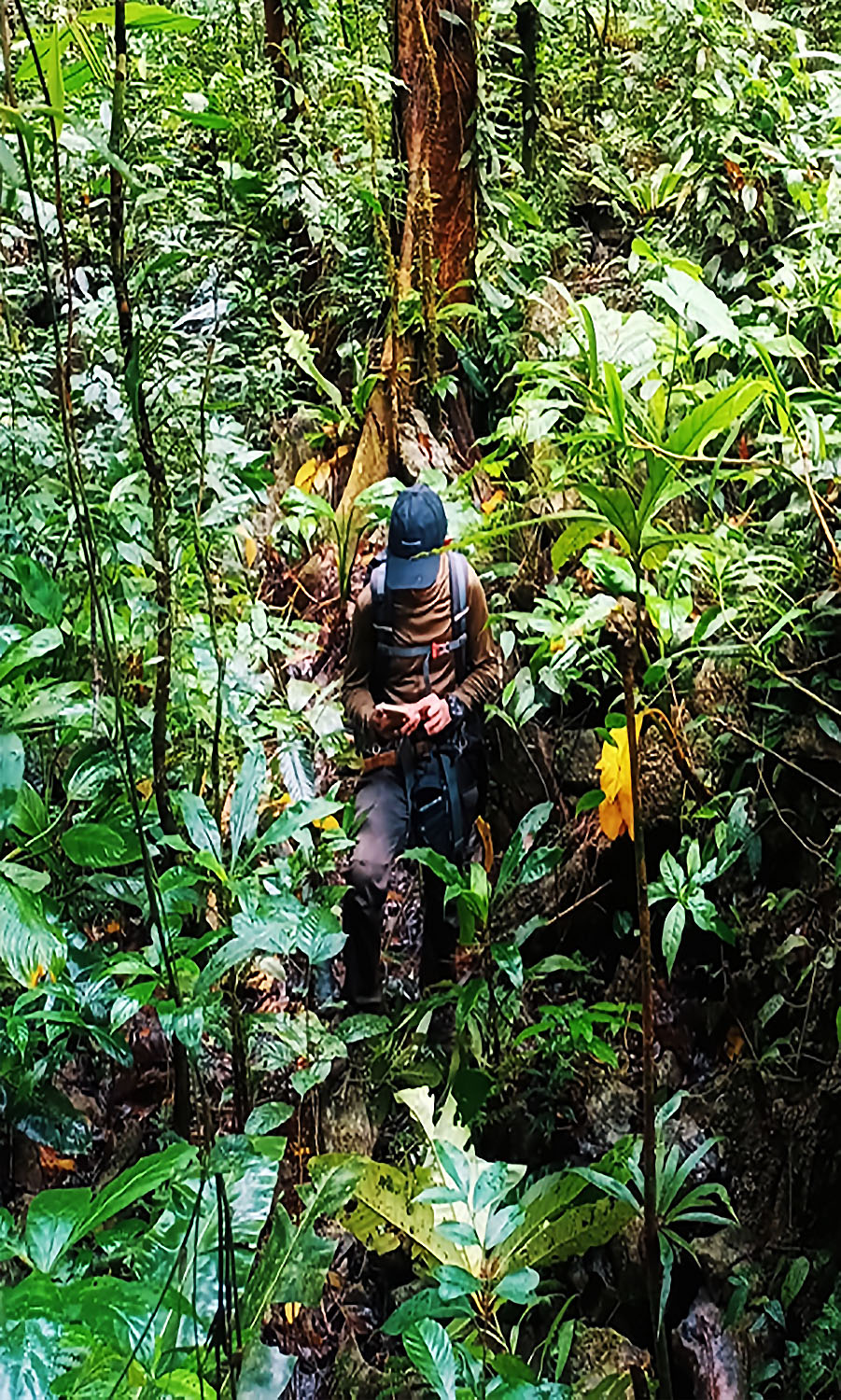
Field Surveys
We conduct biodiversity surveys and species monitoring deep inside the forests of NPPNP to track wildlife populations, assess ecosystem health, and support conservation efforts.
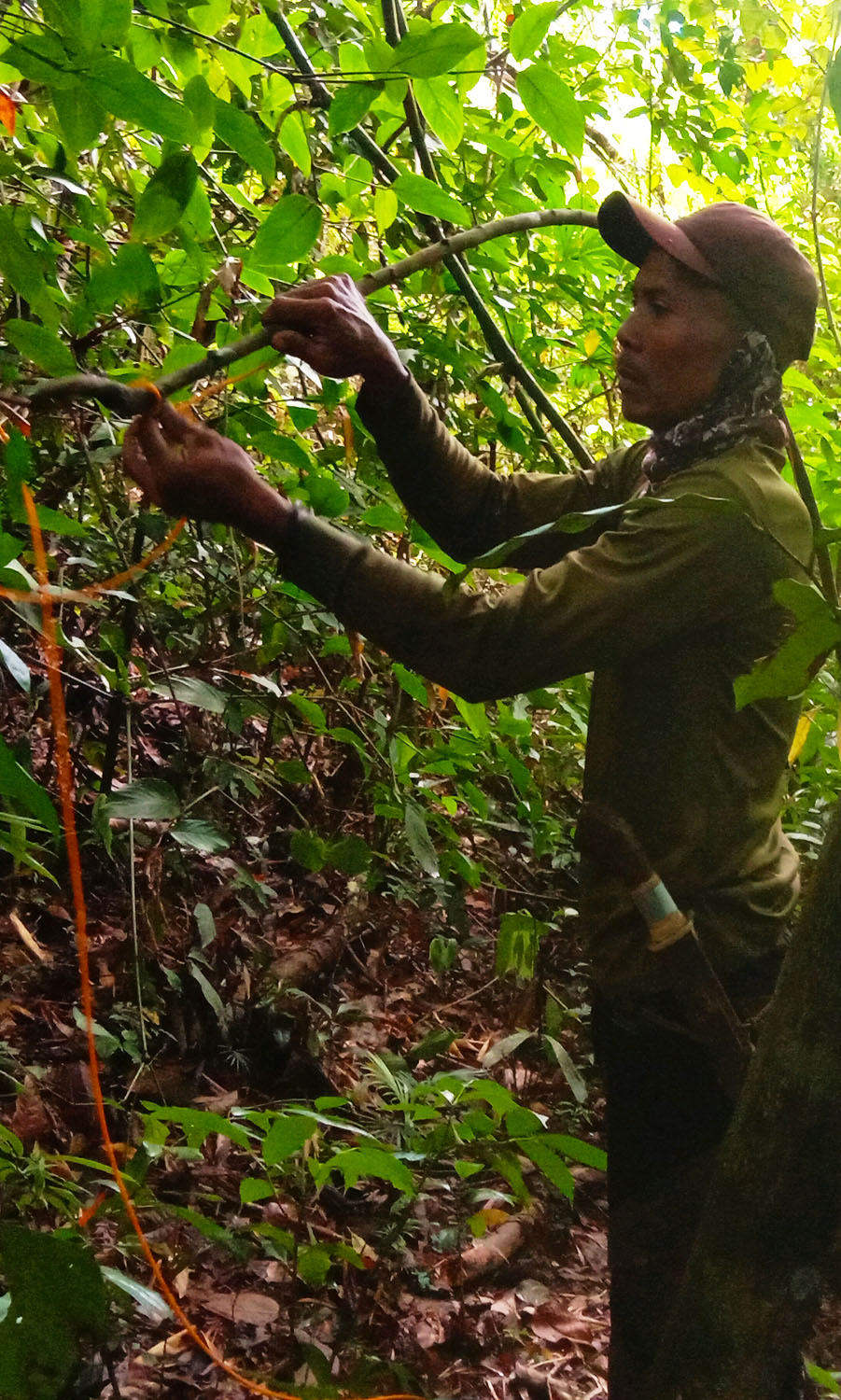
Forest Rangers
Our forest rangers patrol the forests of to safeguard wildlife, combat illegal activities, and preserve vital ecosystems that support biodiversity and local communities.
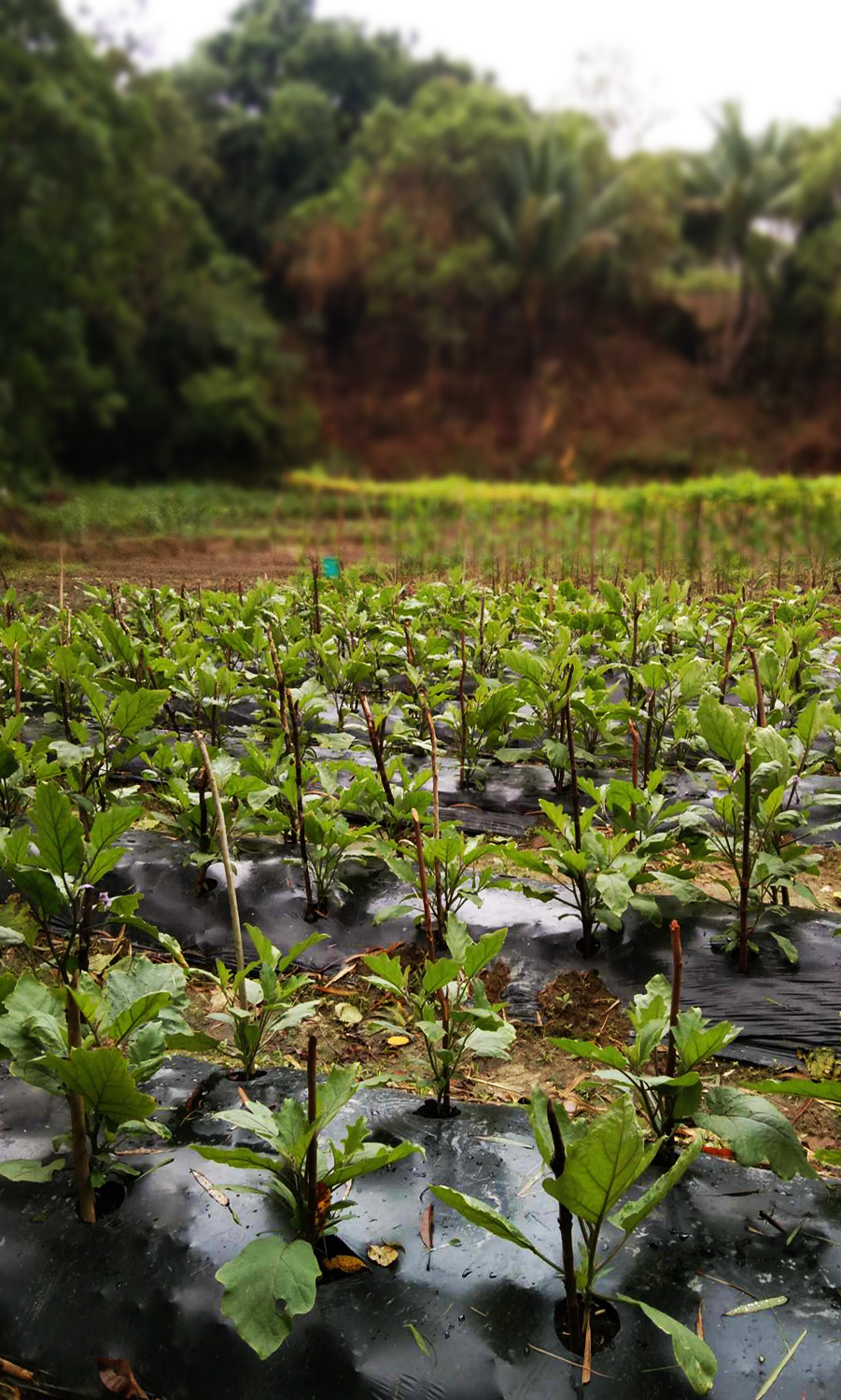
Livelihood
We provide sustainable livelihood opportunities for forest-edge communities, reducing their reliance on illegal activities and promoting environmental stewardship.
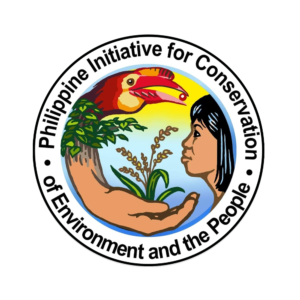
"Our vision is to create a sustainable future by preserving the biodiversity and environment of the Philippine rainforest for future generations."
We have been protecting the rainforest of Panay since 1995
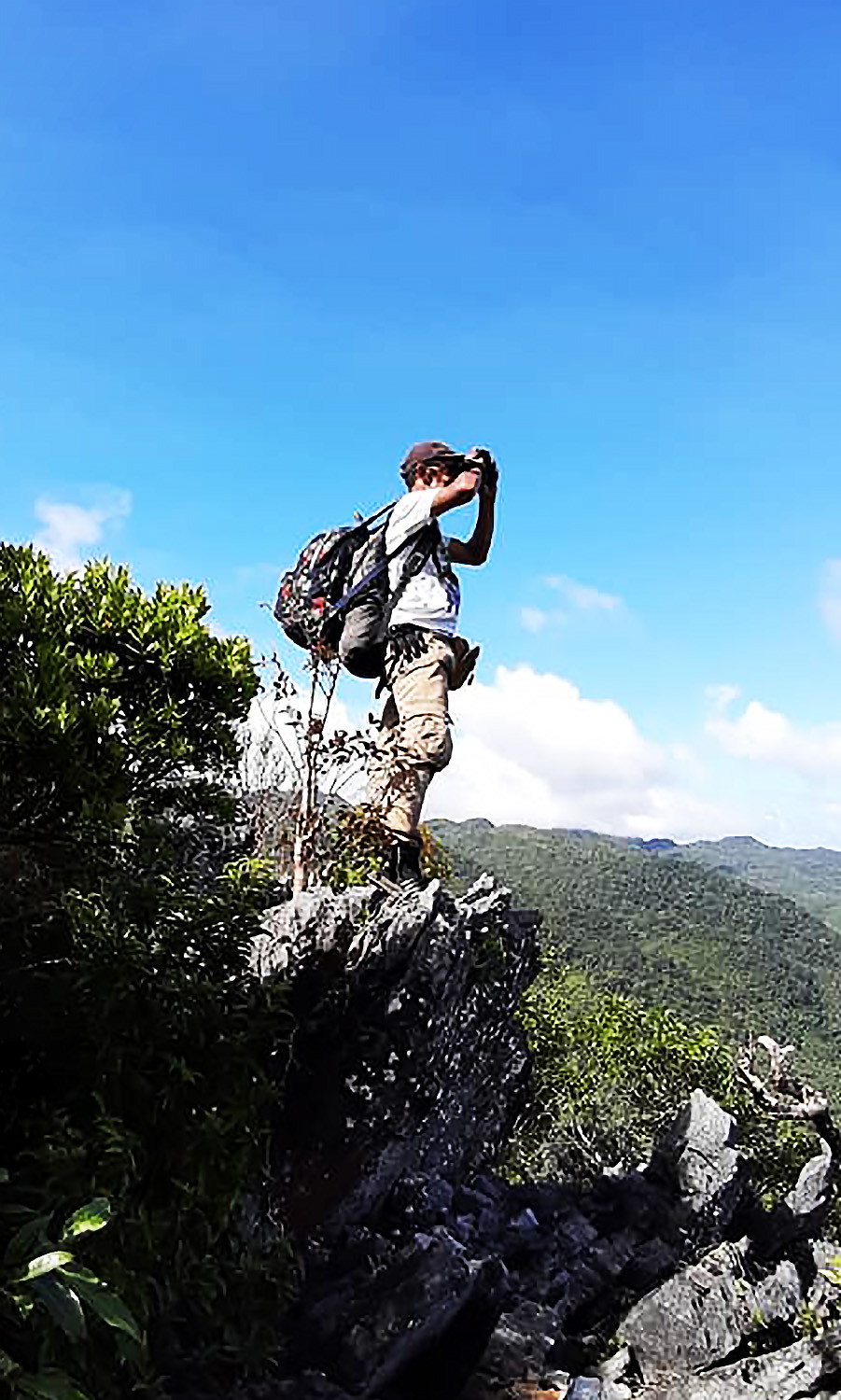
The Philippine Initiative for Conservation of the Environment and the People Inc. (PhilinCon) was founded in 1995 by Dr. Eberhard Curio. Originally the Philippine Endemic Species Conservation Project (PESCP), it later became PhilinCon. The organization played a key role in establishing the Northwest Panay Peninsula Natural Park (NPPNP).
PhilinCon focuses on conserving Panay’s lowland rainforests through protection, rehabilitation, and biodiversity monitoring. It collaborates with the NPPNP Protected Area Management Office, employing forest rangers to safeguard critical areas. Partnering with the Bristol Zoological Society, PhilinCon also supports local communities through alternative livelihoods, education, and conservation-driven development.
The Unique Biodiversity of NPPNP
The lowland primary rainforest, commonly known as “the typical rainforest,” is home to various highly endangered species, including frogs, reptiles, birds, mammals, and invertebrates like insects and mollusks.
Philippine rainforests, such as the Northwest Panay Peninsula Natural Park (NPPNP) in the Western Visayas, have the highest biodiversity per unit area in the world. Due to its endangered species, the NPPNP is one of the world’s top conservation priorities, both in terms of the number of threatened flora and fauna per unit area and the severity of threats it faces.
